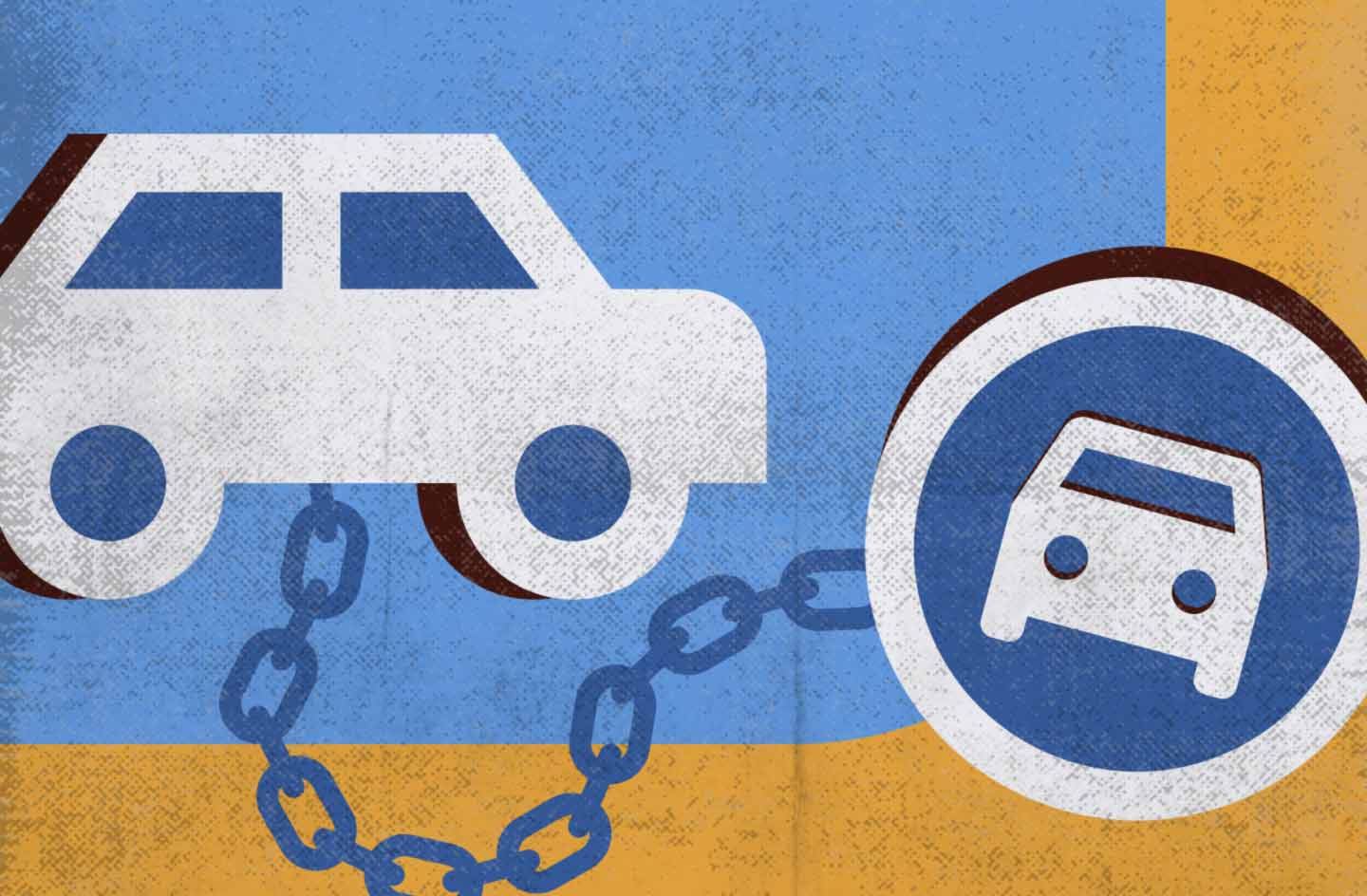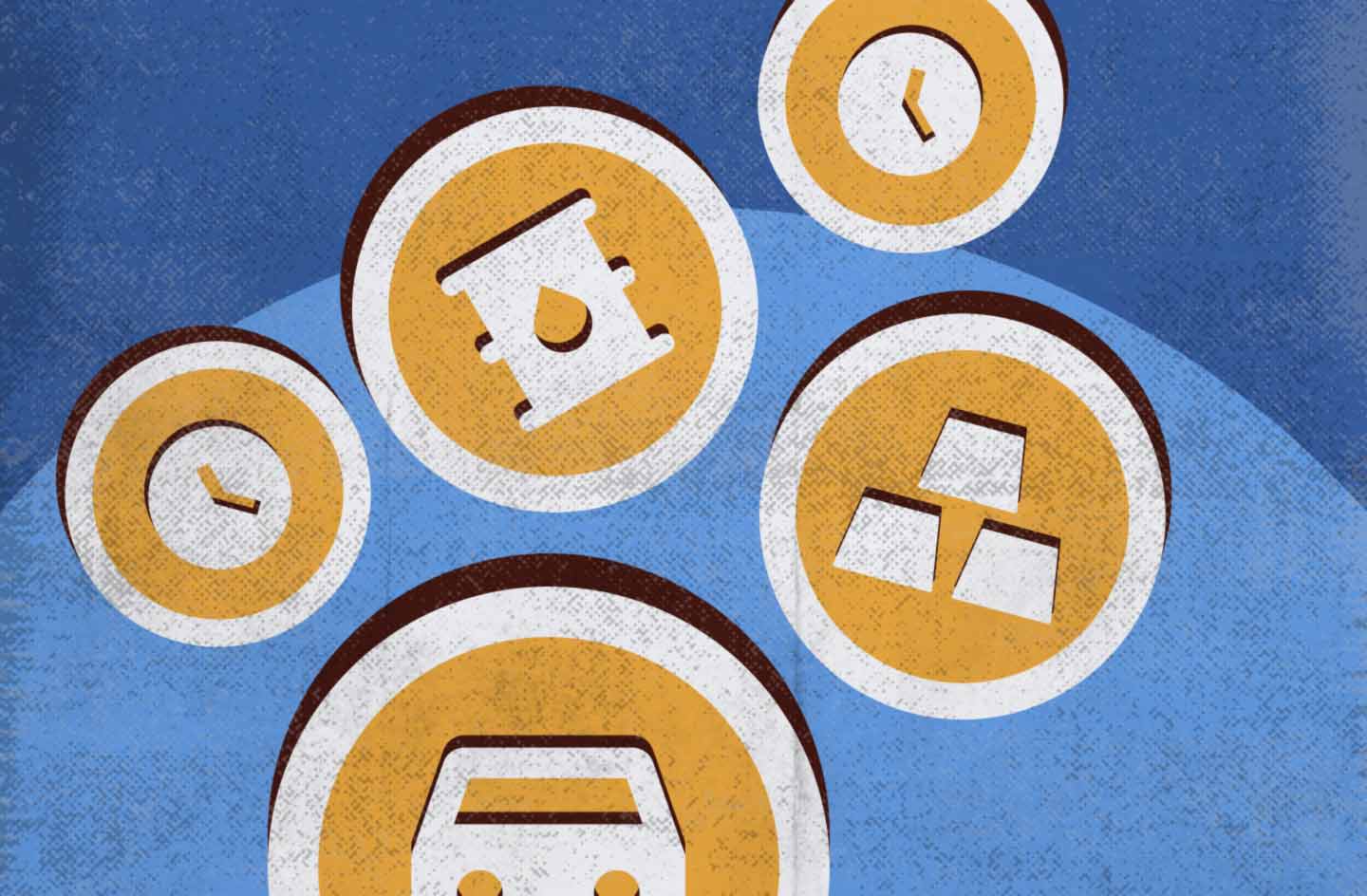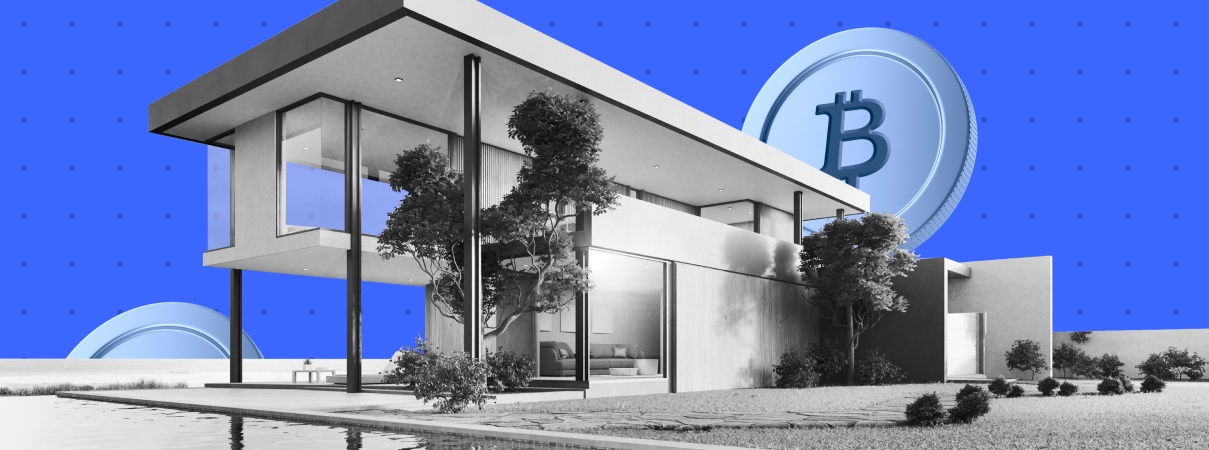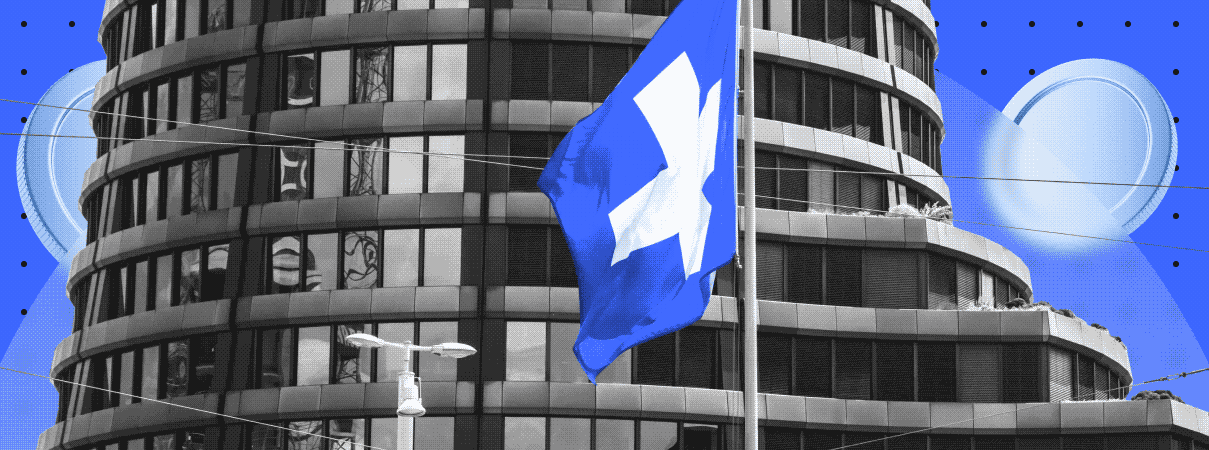The massive shift to the decentralized economy has spawned many new opportunities. Blockchain technology found various use cases in the global financial ecosystem. Asset tokenization is one of the most prominent ways to simplify and empower the traditional financial market.
Tokenization makes it possible to unlock illiquid assets and provide additional returns. That’s why tokenization is gaining more and more attention from private companies and government agencies looking to discover new ways to raise capital.
Let’s explore the essence of tokenization technology, its advantages, and its disadvantages.
What Is Tokenization?

Tokenization is the process of fixing a certain amount of rights to something valuable in the form of a cryptocurrency token. There are two forms of assets to be tokenized:
- Tangible assets (gold, real estate, and art);
- Intangible assets (voting rights, ownership, and content licensing).
Almost any asset that has a value can be tokenized. A successful tokenization process involves three basic elements, including:
- an initial asset (fiat, stock, real estate, etc.);
- the infrastructure for “transferring” the asset (blockchain);
- a digital version of the asset (token).
The tokenization process is carried out by creating a record of ownership of the asset or part of it on a blockchain ledger. Subsequently, once the asset is tendered and purchased, the smart contract automatically changes the owner’s details in the ledger.
A tokenized asset provides certain ownership rights that depend on the specific asset and the project that issued it. For example, a token that represents an interest in real estate may give its owner the right to receive income from the lease of that property and the right to participate in matters related to the management of that property, such as voting on its renovation or sale.
Other tokens may give the owner the right to vote on issues related to project or company management, receive dividends, get discounts on goods and services offered by the company that issued the token, etc.
However, one should note that tokenized assets aren’t always full-fledged property rights, as may be the case, for example, with traditional real estate or securities. The opportunities afforded by a tokenized asset may be limited by law and the specific terms and conditions of token issuance.
Assets That Can Be Tokenized

The most commonly tokenized assets are:
- Securities. Financial assets and documents typical of TradFi can be tokenized to enhance their use as trading instruments.
- Real estate. You can tokenize rights to own, for example, a house or a plot of land, including splitting such rights into a large number of portions, enabling shared ownership. Construction loans and deposits in real estate-oriented investment funds can also be tokenized, though this is more of a securities issue.
- Goods and services. Business owners resort to tokenization as a marketing move to raise financing or provide an additional channel for attracting customers. The rights to receive certain goods or services can be tokenized in this way.
- Commodity assets. Blockchain can be used to issue tokens that grant ownership of any commodity: agricultural products, metals, energy, etc. The tokenization of gold, silver, and other precious metals, as well as oil, natural gas, precious stones, and other minerals, is growing in popularity. According to studies, the market cap of tokenized gold reached $1 billion in 2022.
Tokenized and Synthetic Assets
There’s an important difference to note between tokenized and synthetic assets. What makes them different?
Synthetic assets are derivative digital assets with no value of their own but depend on the price of another underlying asset. Due to this, synthetic assets enable trading in stocks or commodities without actually buying them.
On the other hand, tokenized assets are assets that have been tokenized, i.e., fixed as a digital token on the blockchain. It makes no difference whether it has been tokenized as a whole or broken down into parts; it’s essentially a digital representation of a particular asset.
Fun fact: purely technically, any algorithmic token is a synthetic asset, while USDT and USDC tokens, which are fully backed by the underlying asset and assume the possibility of direct exchange for it, are tokenized U.S. dollars.
Advantages and Disadvantages of Tokenization

The process of tokenization on the blockchain has several undeniable advantages:
- Operational efficiency. Tokens optimize shared infrastructure without having to rely on a third party. Therefore, it can significantly reduce transaction costs.
- Flexibility. Fragmentation of assets and shared ownership opportunities provide a higher level of liquidity. Lowering barriers to investing in assets can encourage more people to invest in them. Tokenization can revitalize markets where assets have traditionally low levels of liquidity.
- Transparency. All blockchain records are available to any user who has access to the chain, making it possible to obtain the full transaction history of the tokenized asset. This provides the necessary level of trust in the asset among potential buyers.
- Security. Thanks to blockchain technology, tokenized assets can’t be falsified and are difficult to steal.
- Automation. All information about the tokenized asset is processed by smart contracts, which makes transactions with such assets almost instantaneous, requiring no additional verification or intermediaries.
For all its benefits, blockchain-based tokenization remains a fairly innovative process, so there’s no reliable data on its credibility yet. Possible risks associated with tokenization also remain incompletely understood.
Another serious disadvantage of tokenized assets is the increased interest in them on the part of financial regulators. The thing is that tokenized assets may possess properties characteristic of financial securities. This lets financial regulators, who actively check tokenization services for compliance with regulatory and legal norms, off the leash. This, in turn, considerably lowers investors’ interest in such projects and provokes a cautious attitude toward tokenized assets in general.
Examples of Tokenization in the Modern World

Blockchain technology has started gaining recognition at the state level in recent years, which influences the development of tokenization as well.
Here are a few examples of successful tokenization in today’s world:
- In late November 2022, the Dubai Multi Commodities Centre (DMCC) began trading tokenized gold. Anyone can buy any number of tokens and thus own a certain portion of the UAE’s gold reserve. The digitized precious metal remains secured by physical gold bullion and has a government certificate.
- The Nigerian government plans to transform the agricultural sector of Lagos with tokenization. Physical land will be digitized into “farm” tokens, which will attract over $10 billion in investments to the sector by 2025.
- Auditing firm ConsenSys Diligence intends to tokenize the working hours of its specialists. TURN (Time-Unit Representative NFT) tokens will give the buyer 40 hours of auditing time at their convenience, with no waiting time required. The tokens will be auctioned off, with a starting price of ~$100,000.
- The CAR government plans to use tokenization to attract foreign investments into the country by selling tokenized fossil natural resources.
- Australia began trading tokenized carbon credits. By the way, the first such assets were sold for bank stablecoins, which is an unprecedented test for this kind of asset within the country’s economy.
To sum up, tokenization technology has a high potential for global adoption, and its level is actively growing. In 2022, the volume of the tokenized assets market reached $310 billion. And by 2030, according to analysts’ forecasts, it could grow to $16 trillion, accounting for 10% of global GDP.










